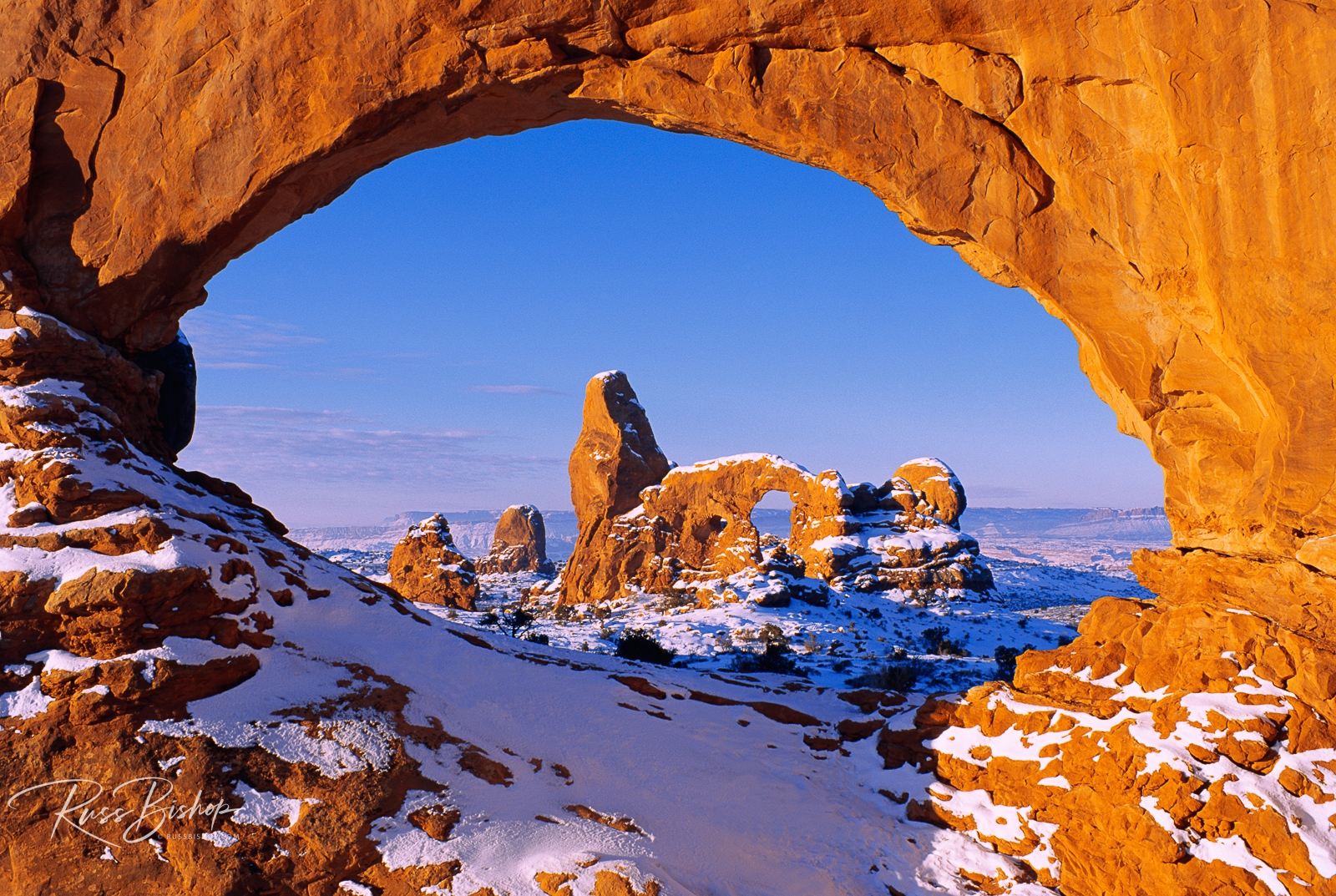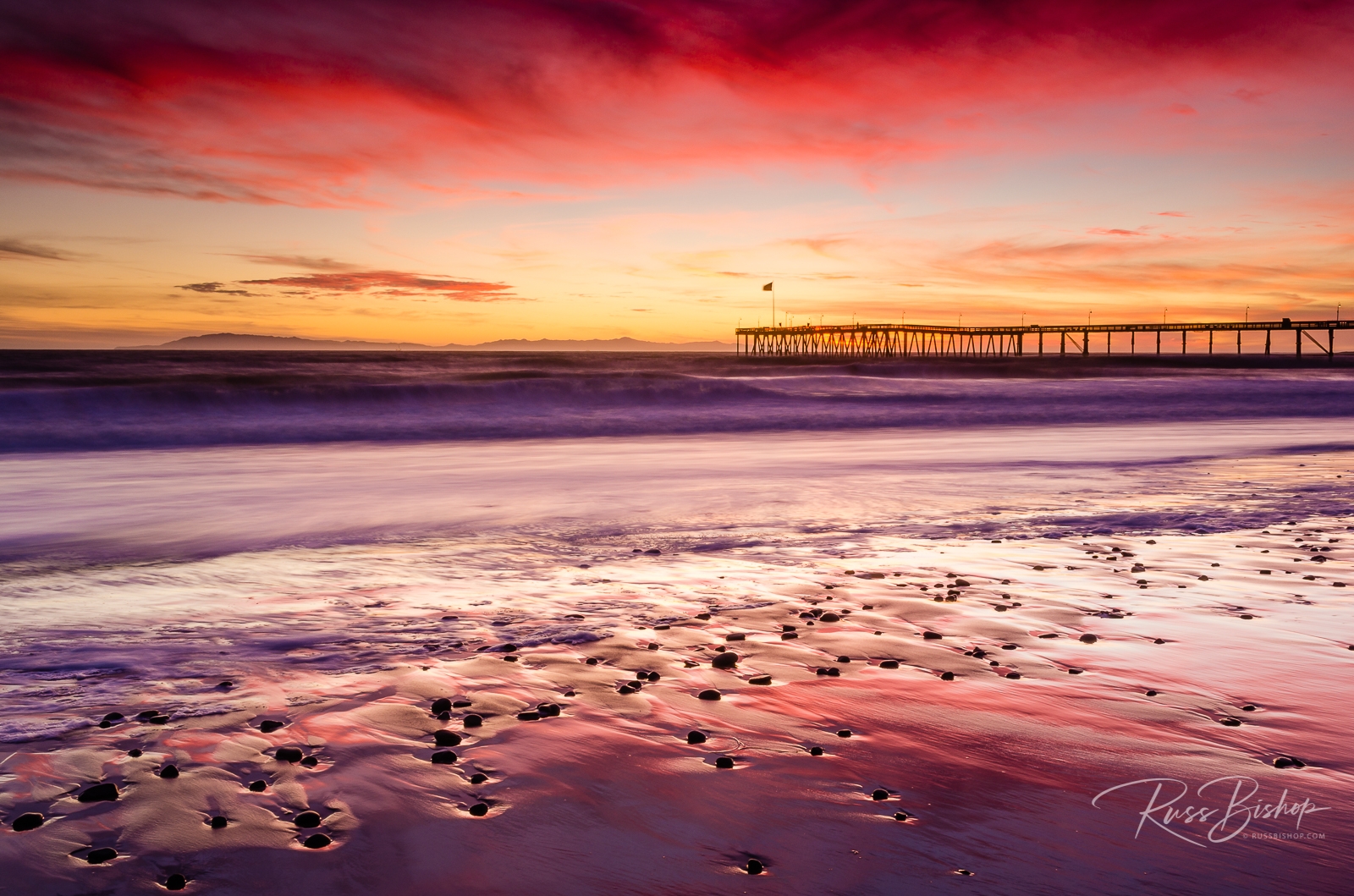
Cold Snap – Tips for Successful Winter Photography. The last of autumn’s leaves have fallen and it’s time to focus on the next photographic season (and one of the most challenging!). Winter is a wonderful time to explore and create striking images, but preparation is the key to success. Here are a few tips to make your next photo outing both comfortable and rewarding.
1) Warm Clothing. This might seem obvious, but being comfortable for long hours in the elements will allow you to focus on photography and not your numb toes. Waterproof snow boots are essential along with a hat, gloves, and layers so that you can adjust your body temperature during the day as temperatures rise. Two of my sponsors REI and Patagonia have a large selection of gear to keep you warm and dry.
2) Hand Warmers. Chemical hand warmers can be purchased at most sporting good stores, heat up instantly, and last up to 8 hours. They are excellent inside gloves, for keeping spare batteries warm, and in pockets when you need to warm your hands after taking your gloves off to change batteries or memory cards.
3) Spare Batteries. Today’s lithium-ion camera batteries are a modern marvel of compact energy and perform quite well in the cold, but keeping them warm inside your jacket will extend their life even more. I always have one or two spares and avoid excessive image reviewing in the field. Turning off features such as camera sounds and lights can also greatly help to extend battery life.
4) Tripod Care. I always recommend using a tripod to maximize sharpness and winter is no exception. But when shooting in snow you need to be careful not to over extend the legs and damage the tripod. To avoid this, simply keep the legs together as you sink the tripod in the snow and they will naturally expand to form a solid base. Covering the legs with custom covers or pipe insulation also makes them easier to handle in the cold and more comfortable when carrying over the shoulder.
5) Expose for the Snow. Back in the days of film this was easy to forget and would often result in an entire roll of underexposed images. The problem is your camera’s light meter sees everything as neutral gray (including snow) and adjusts your camera settings accordingly. In scenes with large amounts of snow, this results in images being up to 2 stops underexposed. Fortunately this is easily detected and corrected with today’s digital cameras by setting the exposure compensation dial (typically 2 stops overexposed, but check that histogram). As long as the light is consistent, this works well in both auto and manual metering modes.
6) Breathe Easy. It’s not that standing in the snow is physically exhausting, but your breath can be detrimental to your photography! If it’s cold enough that water vapor will create a sheet of ice on the back of your camera, which is difficult to remove and could cost you the shot. It takes a little practice, but breathing out of the side of your mouth or holding your breath while composing works well to prevent this.
So don’t let the cold keep you from enjoying this wonderful season. It’s a special time with unlimited photographic possibilities, and with a little preparation and care you’ll be experiencing one of nature’s best displays and capturing all that beauty in comfort.
©Russ Bishop/All Rights Reserved


